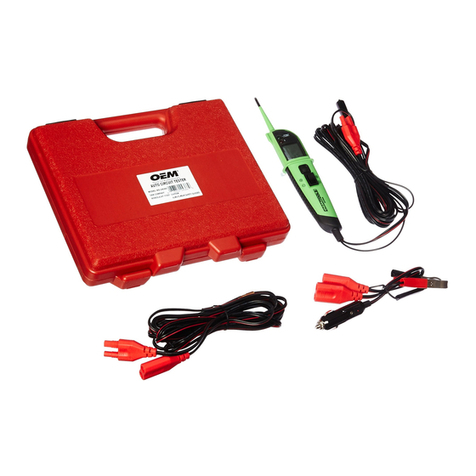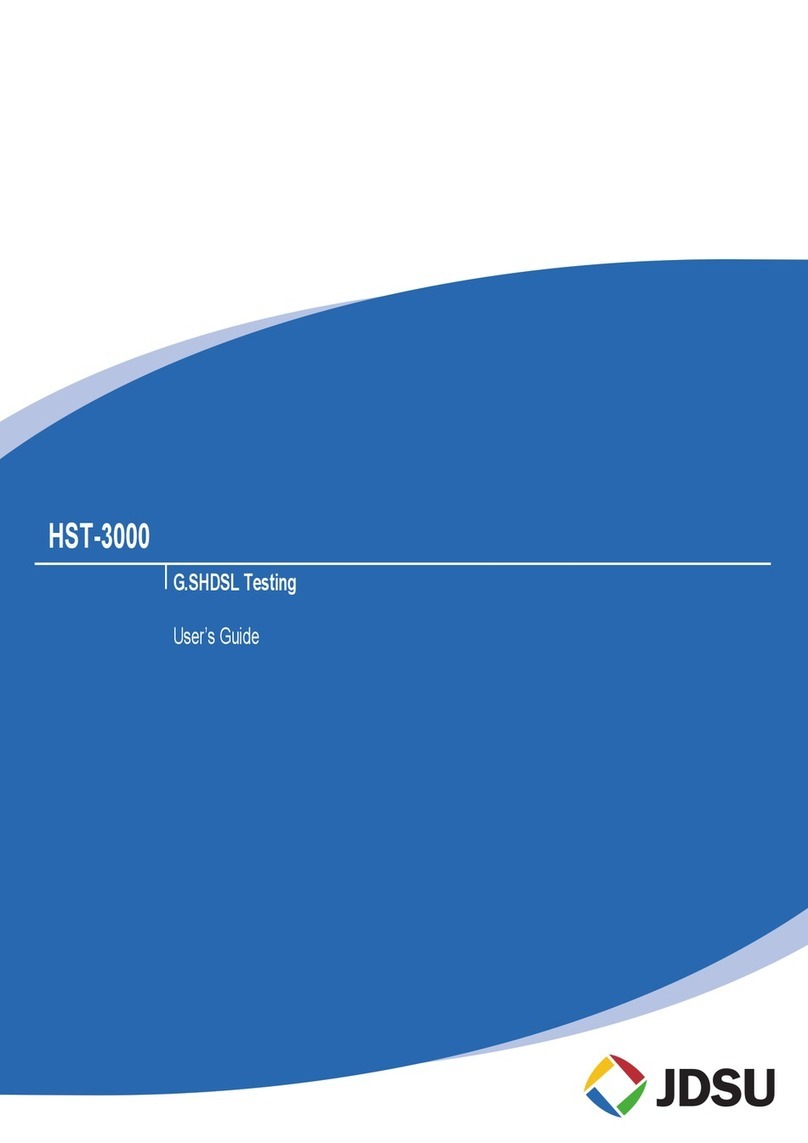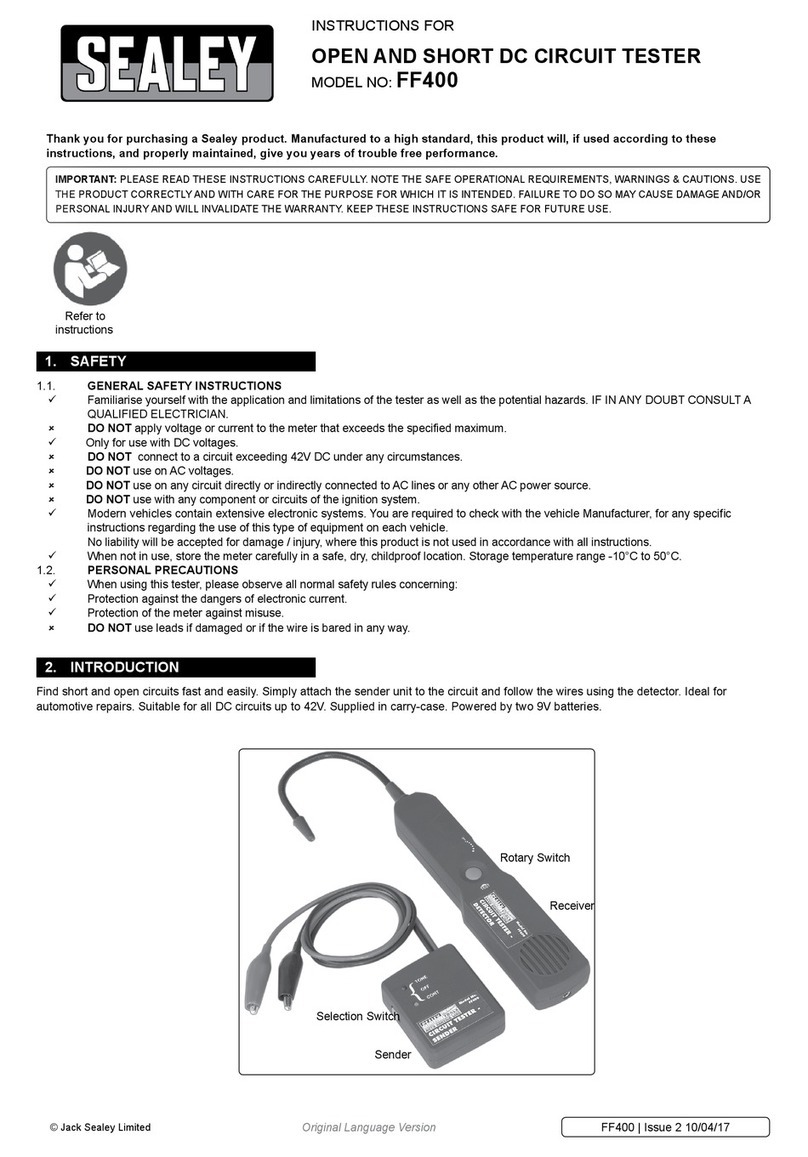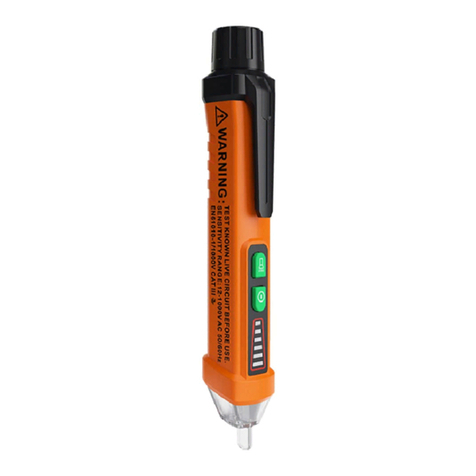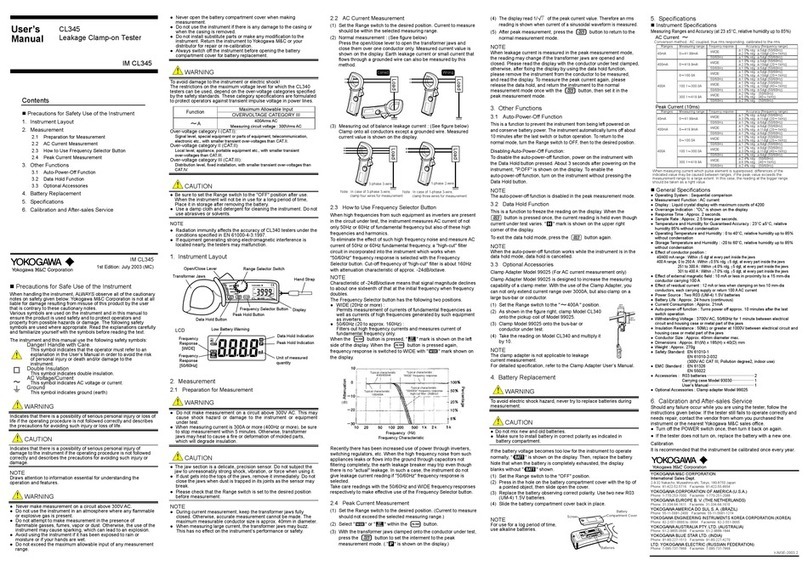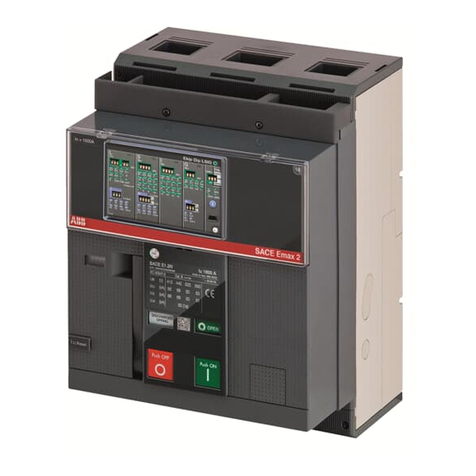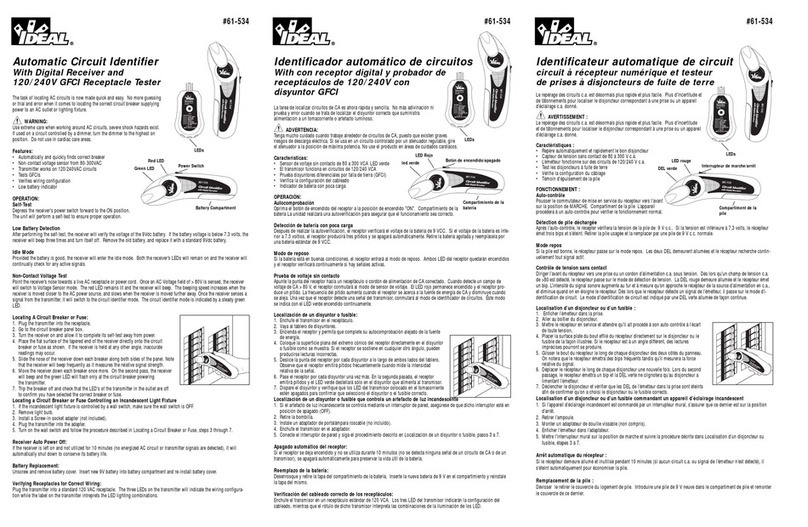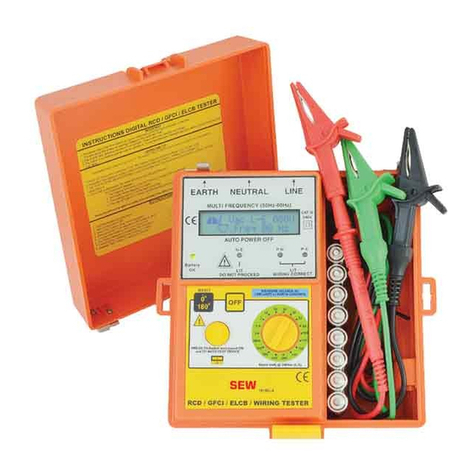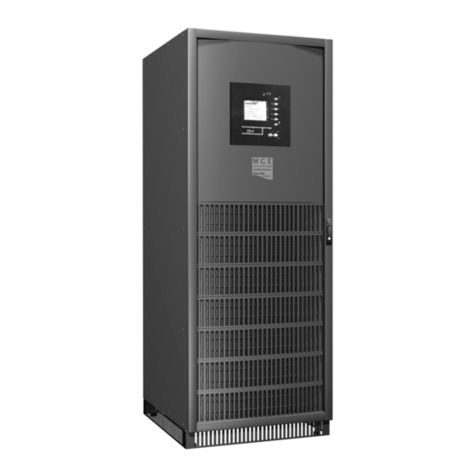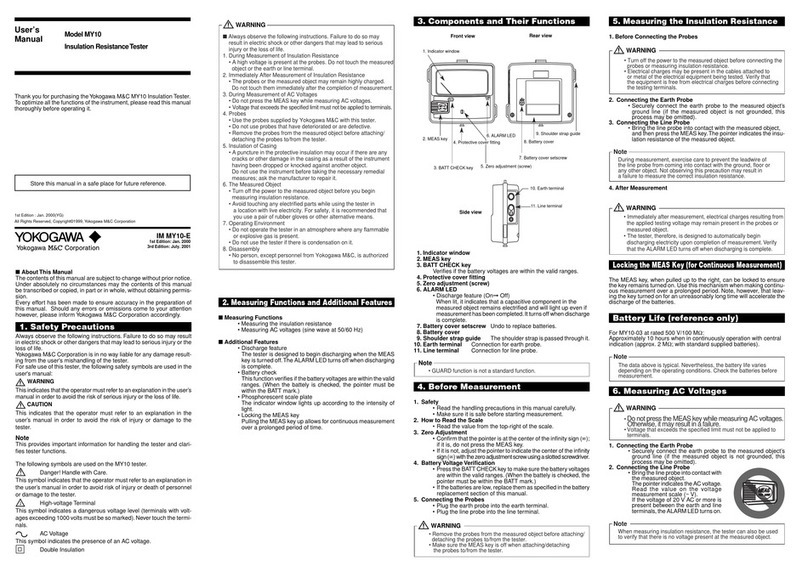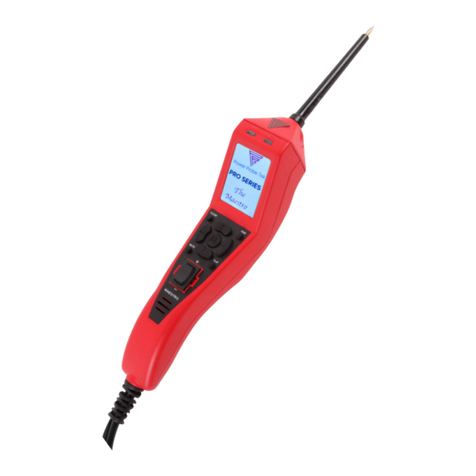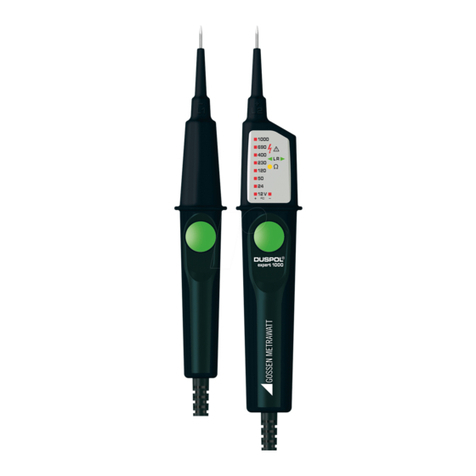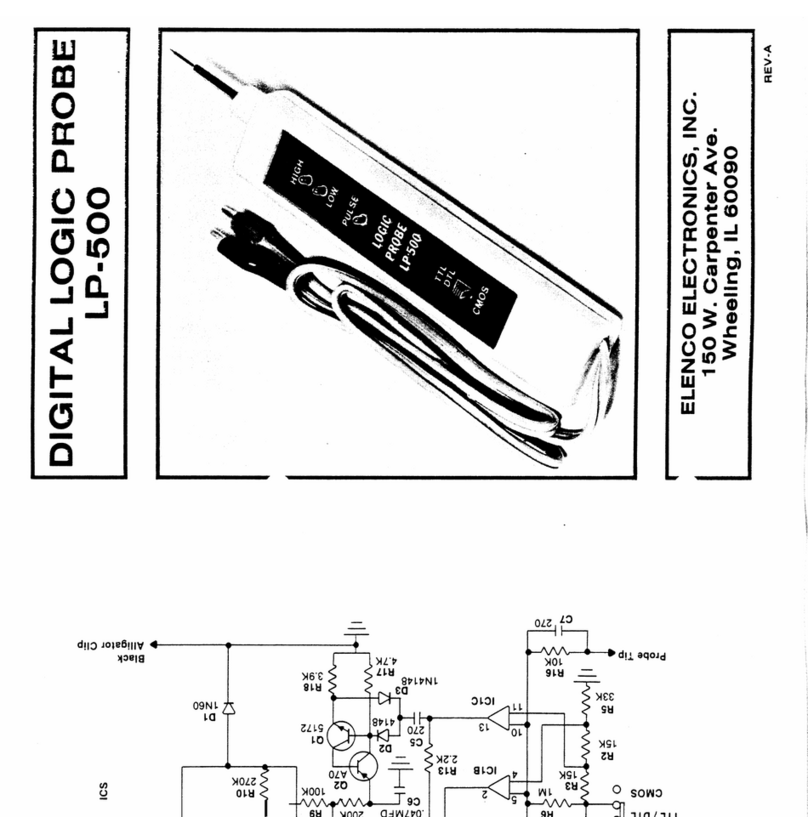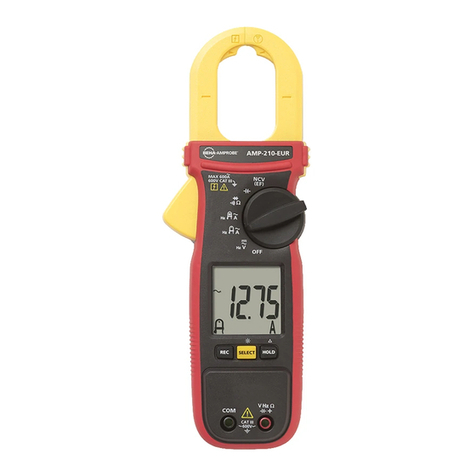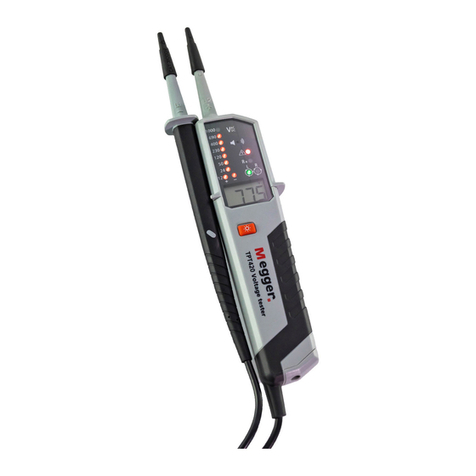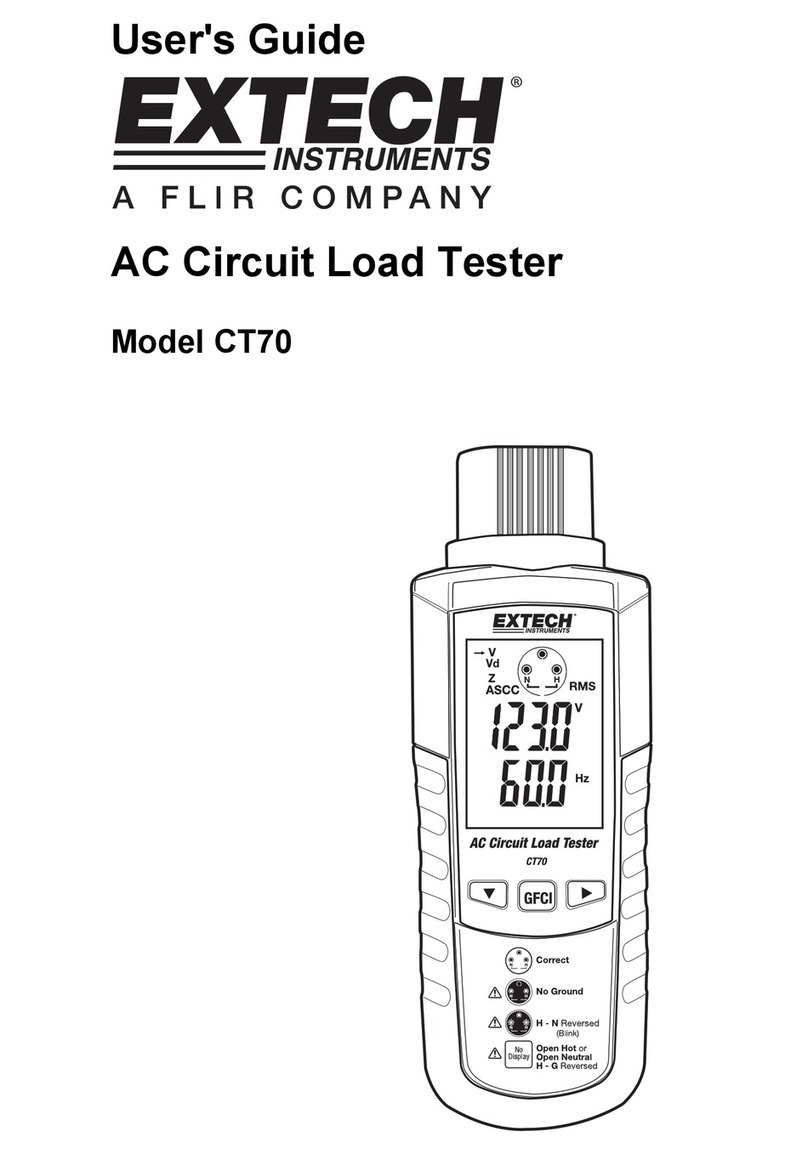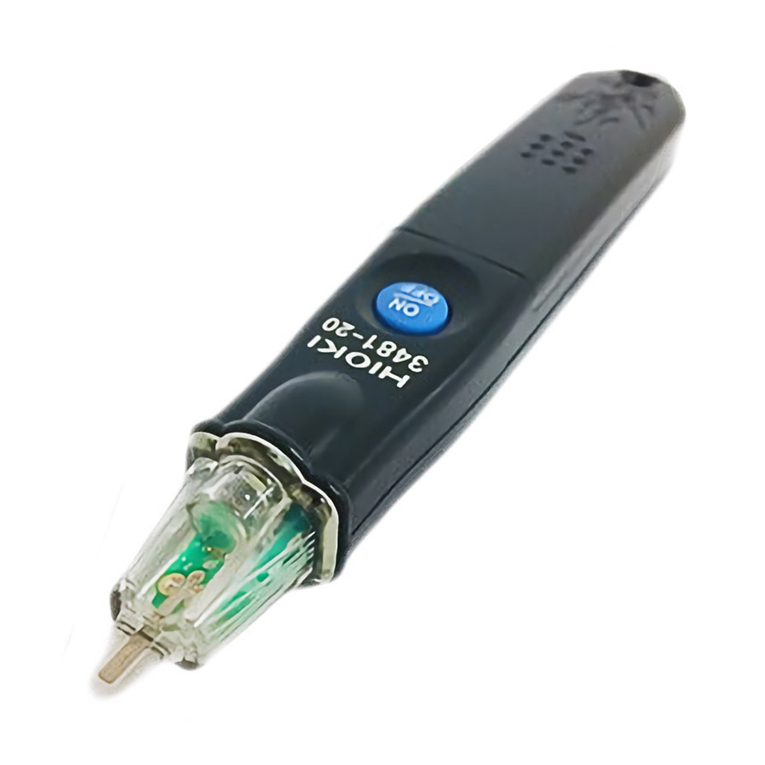
TABLE OF CONTENTS
About This Manual ..................................................................................................... 4
Quick Start .................................................................................................................. 4
Battery Installation ................................................................................................. 4
Setting the Receiver Clock ..................................................................................... 5
Transmitter Keypad & Connector Definitions ....................................................... 6
Receiver Keypad, Screen Icons, and Port Definitions ........................................... 9
Configuring the Receiver ......................................................................................... 10
Selecting Depth Units ........................................................................................... 10
Selecting a Language ........................................................................................... 10
Enabling/Disabling Frequencies .......................................................................... 10
Creating User Defined Frequencies ..................................................................... 11
Buried Cables & Pipes ............................................................................................. 13
Transmitter Connection ........................................................................................ 13
Receiver Modes .................................................................................................... 16
Depth & Current Estimate .................................................................................... 18
Frequencies ........................................................................................................... 19
Locating in Directional Peak Mode ..................................................................... 21
Locating Active Duct Probes (Sondes) ................................................................ 24
Buried Sheath Faults and Earth-Return Faults .................................................... 26
Transmitter Setup ................................................................................................. 26
Pinpointing the Buried Fault ................................................................................ 26
Electronic Markers & EMS-iD Markers ............................................................... 28
Enabling/Disabling Marker Types ....................................................................... 28
Locating EMS Markers ........................................................................................ 28
Marker Depth Estimate ........................................................................................ 32
Creating/Editing Templates for iD Markers ........................................................ 35
Writing iD Markers .............................................................................................. 38
Modifying Marker Data to be Programmed ........................................................ 40
Reading iD Markers ............................................................................................. 42
GPS Operation ...................................................................................................... 43
Activation Key ................................................................................................ 43
Serial Number and Software Version ............................................................. 43
Inputting GPS Activation Key ........................................................................ 43
Communicating with GPS Unit ..................................................................... 44
Capturing the GPS Coordinates ..................................................................... 44
Sending iD Data Sheet ................................................................................... 45
Reviewing Marker History ................................................................................... 45
Other Applications .................................................................................................... 47
Aerial Faults (Toning) .......................................................................................... 47
Cable Identification .............................................................................................. 49
Help Mode ................................................................................................................. 50
3M™ Dynatel™ PC Tool Kit ...................................................................................... 50
Self Test of Receiver ................................................................................................. 51
Product Description And Optional Accessories .................................................... 51
